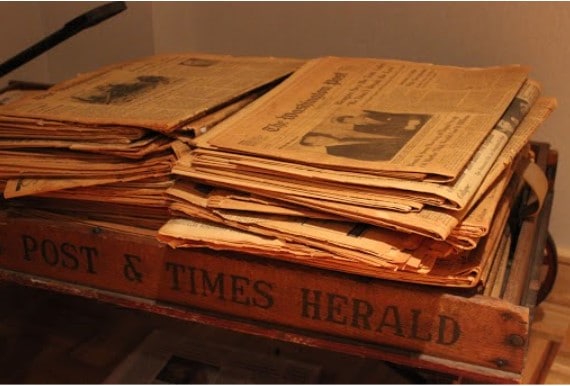

Writing texts may seem like an easy task only at first glance. By studying the information on creating articles, you can find new techniques and terms every day that improve the structure of the text. Longread is worth noting among such concepts. This term is used more and more often, but few people know what it is. Longread is a voluminous text that will contain basic concepts on a given topic.
Long articles may not be of interest to the time-bound reader. Most often, users want to find the information they need, described in a condensed form. But creating a longread isn’t just about dry text. It is diluted with video footage, background music, presentations and commentary. Each part of the text is linked. Longread is a captivating story that is interesting for every reader. There is no need to use complex words and phrases – you can write in simple and understandable language, focusing on important events.

The presence of additional visual effects contributes to immersion in the material. The longread volume can be large. But the information in the article is presented in such a way that the user will not notice how time flies by while reading. On average, it takes about 10 minutes to familiarize yourself with the material. In order for the content to turn out worthwhile, it is necessary to deeply study the given topic, look at it from different angles. Conducting thorough analytics will allow you to present the story in such a way that even the oldest and well-known topic will sparkle with new colors.
To understand what a longread is for, you can sign up with several types of similar articles:
An example of event reconstruction is an article written almost 10 years ago. It described an avalanche and skiers buried under the snow. The importance of such a longread is difficult to underestimate – it was read by millions of people, and the use of video inserts made it possible to feel the cold and scale of the avalanche at that time.

Before you start writing, check out the tips for writing awesome material. Don’t forget about the title – the more attractive the title is, the more readers will want to read the text. Use numbers or specific dates to complement the article.
Large texts are not suitable for beginner copywriters or journalists. First you need to understand what a longread is, familiarize yourself with its structure and choose the appropriate method of presenting the material.
Before you start describing events, you need to study a large amount of information in order to thoroughly understand the topic and choose a starting point for writing. You can explore different views, which can be very different from each other. This will allow you to form your own vision of the problem. Information from various sources will help fill the material with interesting details and facts that are not covered in most materials.
You need to understand that a longread is a voluminous text, but not a literary work of hundreds of pages. It is necessary to focus on specific events. Study the different principles of presenting the material, and then choose the one that suits your particular case. Decide on the type of layout, select illustrations, sketches and fonts. You might want to use quotations with footnotes watered down. Having infographics can also help diversify the text and make it more presentable.